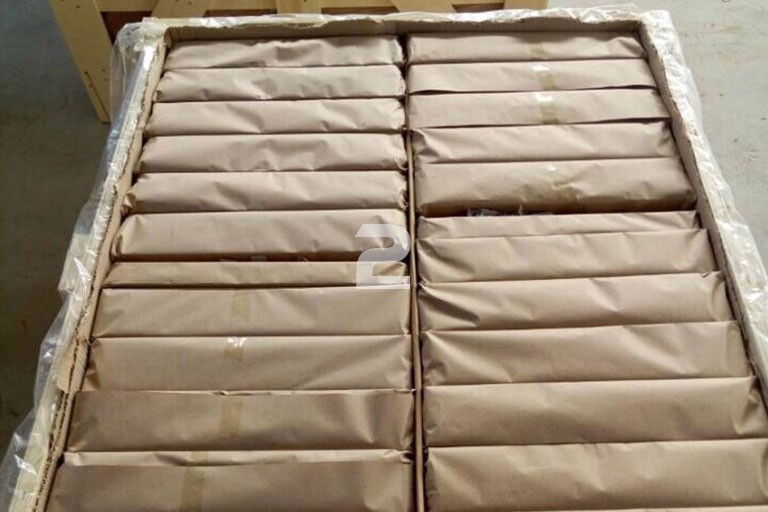Optical Glass
Description
Technical Parameters
What is optical glass?
Optical glass is a specialized type of glass designed for its optical properties. It's used in the production of lenses, prisms, mirrors, and other components for optical instruments like cameras, microscopes, and telescopes.
difference between optical Glass and regular Glass
Optical glass and regular glass exhibit significant differences in composition, manufacturing, and application:
Composition: Optical glass is intricately designed with precise composition to achieve specific optical properties. Regular glass has a simpler composition, emphasizing mechanical strength and appearance.
Manufacturing: The manufacturing process of optical glass is more intricate and stringent, ensuring specific refractive indices, dispersion characteristics, and low impurities. Regular glass manufacturing leans towards mass production and general applications.
Optical Performance: Optical glass is engineered to transmit, refract, and control light to meet specific optical demands. Regular glass isn't tailored for optical applications, resulting in poorer optical performance.
Applications: Optical glass is primarily used for crafting optical components like lenses, prisms, mirrors, etc., for optical devices such as cameras, microscopes, and telescopes. Regular glass finds widespread use in architecture, household items, packaging, with more general applications.
Anti-Smudge Properties: Optical glass often incorporates specialized coatings like anti-fingerprint coatings to maintain surface cleanliness and transparency. Regular glass may lack such coatings.
Refractive Index and Dispersion: Optical glass is designed with specific refractive indices and dispersion to correct aberrations in optical systems. Regular glass has lower performance in these aspects.
In summary, optical glass and regular glass diverge in material, performance, and application. Optical glass prioritizes precise optical properties, while regular glass emphasizes versatility and mechanical strength.
Application
Optical glass is used in various optical components, including camera lenses, eyeglasses, microscopes, telescopes, laser systems, and optical filters.
Working Environment Overview


Edge Treatment

Factory Overview & Customer Visit

Company Profile

Customer Visit
FAQ
What is optical glass?
Optical glass is a specialized type of glass designed for its optical properties. It's used in the production of lenses, prisms, mirrors, and other components for optical instruments like cameras, microscopes, and telescopes.
What are the key properties of optical glass?
Optical glass possesses precise refractive indices, dispersion characteristics, and minimal impurities. These properties ensure accurate light transmission, refraction, and manipulation.
How is optical glass different from regular glass?
Optical glass is carefully engineered for its optical performance, while regular glass doesn't have the same level of precision in terms of refractive indices and dispersion. Regular glass is used for general purposes, whereas optical glass is specific to optical applications.
What are some applications of optical glass?
Optical glass is used in various optical components, including camera lenses, eyeglasses, microscopes, telescopes, laser systems, and optical filters.
How is optical glass manufactured?
Optical glass is produced using precise formulations and manufacturing processes. It involves melting raw materials at high temperatures, refining the composition, and forming the glass into sheets or specific shapes.
What is the importance of low impurities in optical glass?
Impurities in optical glass can scatter or absorb light, leading to reduced optical clarity and performance. Low impurities ensure minimal light distortion and enhanced optical quality.
Can optical glass correct chromatic aberration?
Yes, optical glass can be designed to correct chromatic aberration, which is a common optical distortion resulting from the dispersion of different colors of light.
Is all optical glass the same?
No, optical glass comes in various types, each designed for specific optical tasks. Different types have varying refractive indices, dispersions, and other characteristics.
Can optical glass be shaped into complex forms?
Yes, optical glass can be precision-molded into complex shapes for various optical components, enhancing their performance.
How do I choose the right optical glass for my application?
Choosing the right optical glass depends on factors like the desired optical properties, application requirements, and budget. Consulting with experts in optical engineering can help you make the best choice.
Is optical glass resistant to environmental factors?
Optical glass is generally designed to be stable and resistant to environmental factors like humidity and temperature fluctuations. However, extreme conditions can affect its performance over time.
Hot Tags: optical glass, China optical glass manufacturers, suppliers
Delivery & Payment




Packaging:
Step 1: PE film coating(Normally) / paper(For seashipment prevent wet).
Step 2: Kraft paper for fixation.
Step 3: Carton for glass safety protection.
Step 4: Custom make plywood case with hinge for custom(fumigation + convenient inspection) convenience.
Step 5: Packing strap for further fixation.
Port
Shenzhen or Hongkong

Next
Optical GlassSend Inquiry











